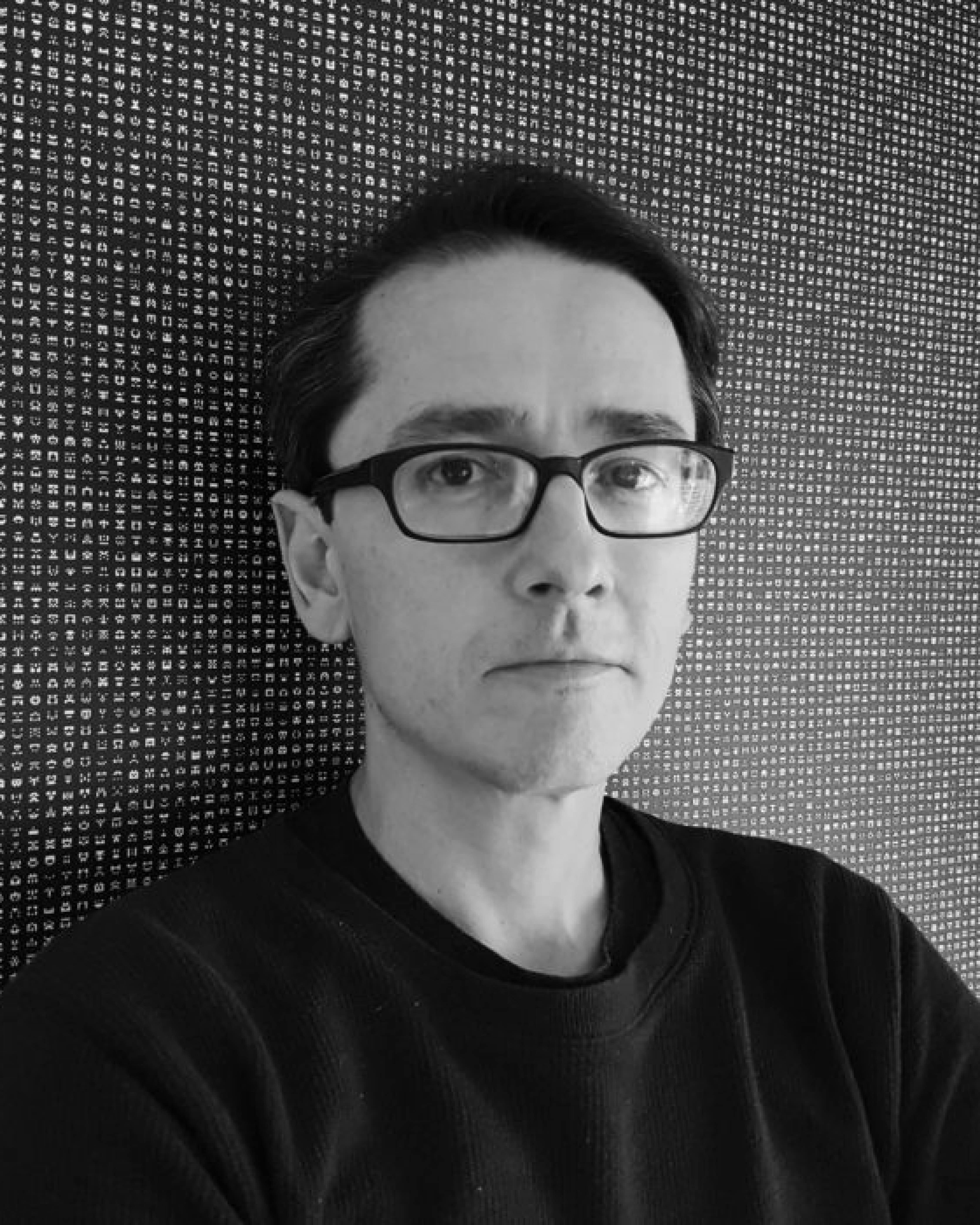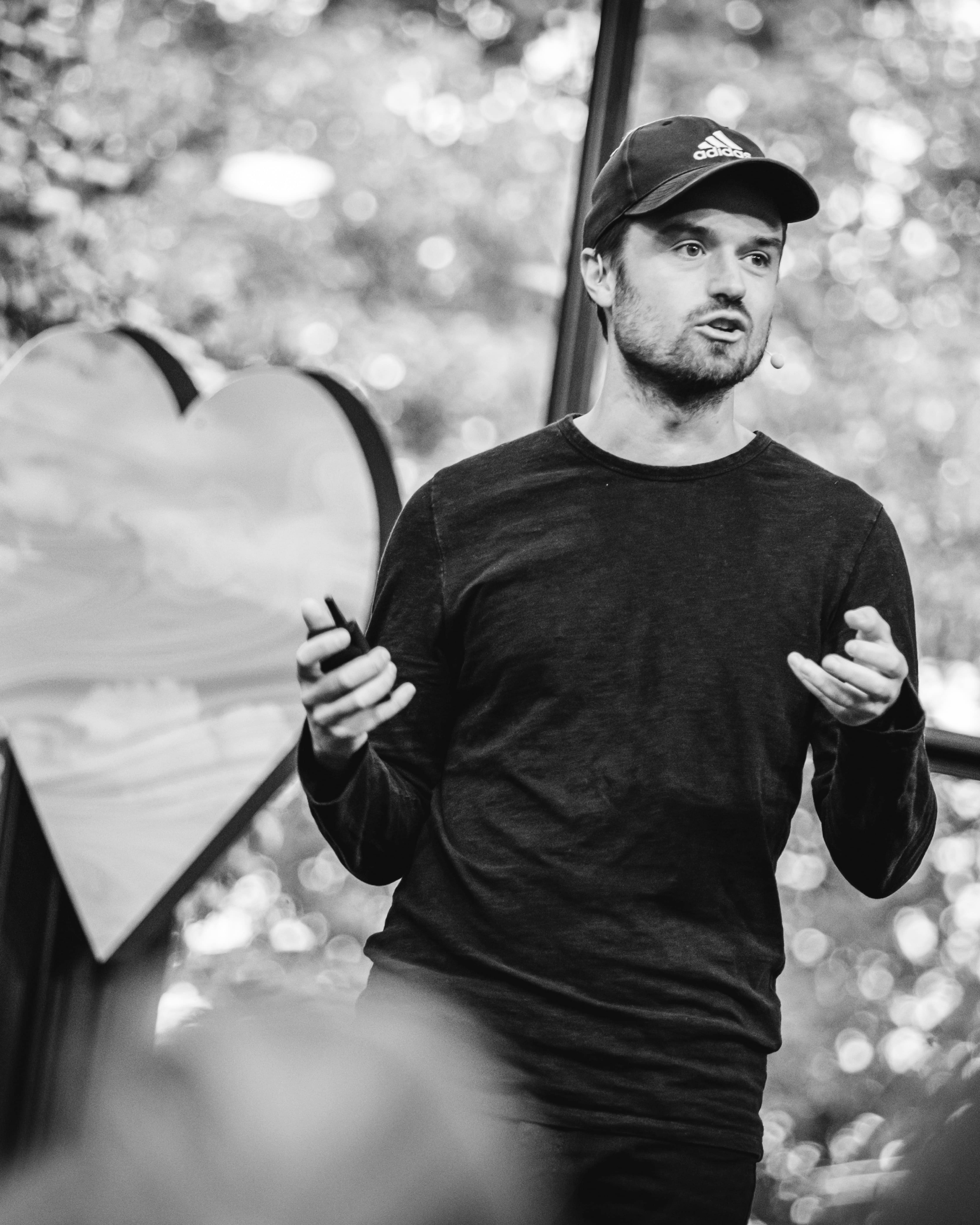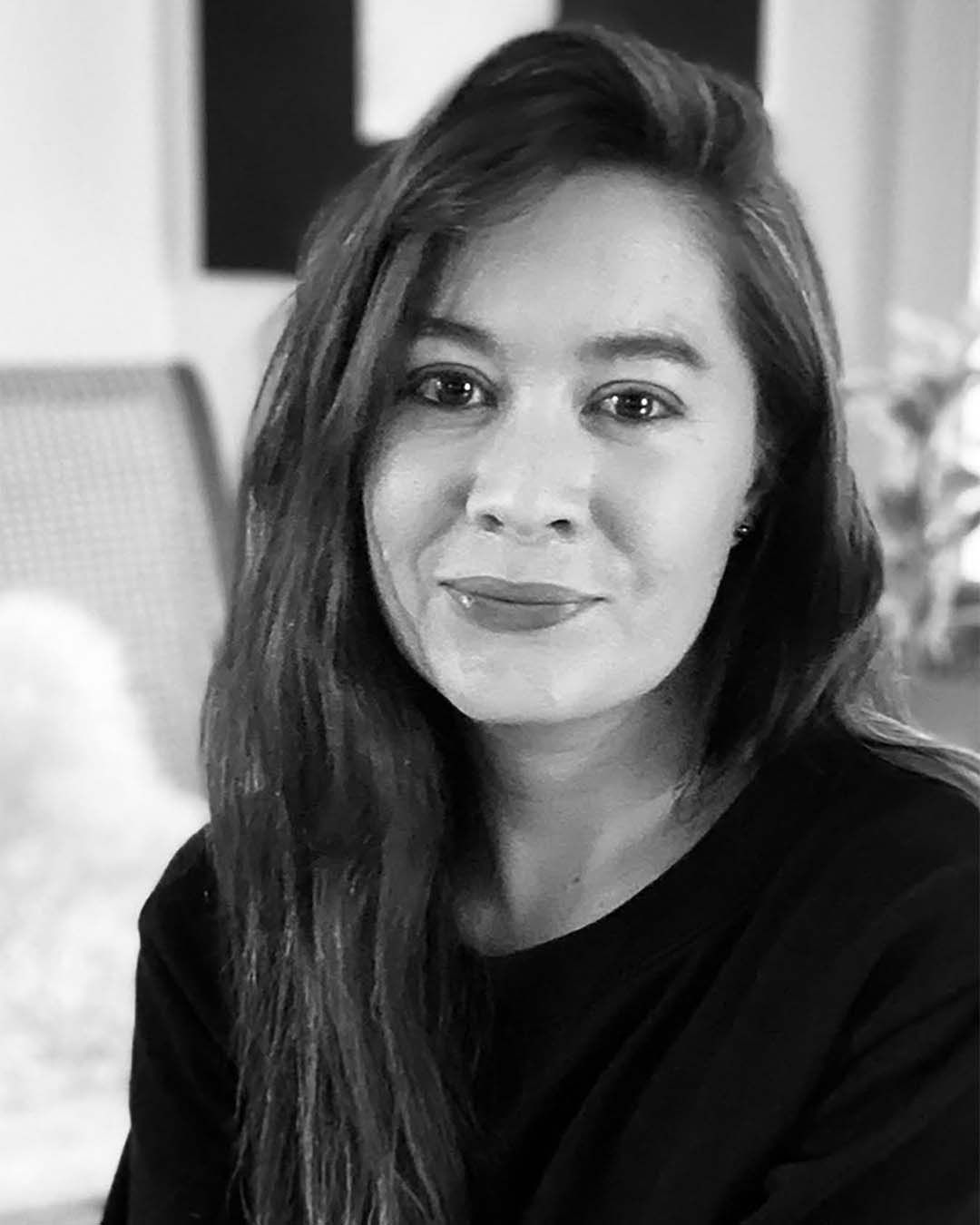"AI & the Potential of the Creative Human Future", one of the most intriguing topics among technological developments, was hosted by academic and artist Selçuk Artut, who examines the relationship between human and technology within the scope of Digilogue Summit'22, creative coder and ML artist Andreas Refsgaard, who makes use of algorithms, coding and machine learning in his works.
Location
Zorlu PSM Sky Lounge
Date
20 October - 11:00 am
Tags
One of this year’s panels in Digilogue Summit, Artificial Intelligence and the Future’s Creative Human Potential has discussed parallel reality based future theories and hosted academician and artist Selçuk Artut, who focuses on artistic research and production with theoretical and practical extents of human-technology relations; the creative coder and ML artist Andreas Refsgaard, who uses algorithms, coding and machine learning in order to discover the creative potential of the digital technologies generated while working in the field between art and interaction design; the artist Mario Klingemann, who is particularly interested in human’s perception of art and creativity, and researches the ways for machines to augment or imitate these processes; and first generation Kalmyk American poet, artist and artificial intelligence researcher Sasha Stiles, who studies the intersection of text and technology. The discussion covered the new approaches and opportunities that artificial intelligence provides to contemporary creatives and artists, and present new perspectives on the parallel realities that carry on with human consciousness and human-made products.
PANELISTS
Selçuk Artut
Academician
Selçuk Artut focuses on the theoretical and practical dimensions of the human-technology relationship in his artistic research. He completed his PhD in Media and Communication at the European Graduate School in Switzerland. He teaches Sound and Interaction as an associate professor in the Visual Arts and Communication Design program at Sabancı University. In 2016, he founded the audio-visual performance duo called RAW, which produces works with creative coding and live coding techniques.


Mario Klingemann
Artist, Neurographer
Mario Klingemann is an artist who uses algorithms and artificial intelligence to create and investigate systems. He is particularly interested in human perception of art and creativity, researching methods in which machines can augment or emulate these processes. Thus his artistic research spans a wide range of areas like generative art, cybernetic aesthetics, information theory, feedback loops, pattern recognition, emergent behaviors, neural networks, cultural data or storytelling. Since early 2020 he has been active in the field of blockchain-based art and played an instrumental role in the stewardship and emergence of the ecologically responsible NFT community around Hic et Nunc and Tezos. Mario is also the creator and guardian of Botto, an autonomous decentralized AI artist which, steered by its community, has created and sold NFTs for over 2 million US$ since its inception in fall 2021 and currently ranks among the top-10 artists on SuperRare. He was winner of the Lumen Prize Gold 2018, received an honorary mention at the Prix Ars Electronica 2020 and won the British Library Labs Creative Award 2015. He was artist in residence at the Google Arts & Culture Lab and has been recognized as a pioneer in the field of AI art. His work has been featured in art publications as well as academic research and has been shown in international museums and at art festivals like Ars Electronica, the Centre Pompidou, ZKM, the Barbican, the Ermitage, the Photographers' Gallery, Colección Solo Madrid, Nature Morte Gallery New Delhi, Residenzschloss Dresden, Grey Area Foundation, Mediacity Biennale Seoul, the British Library and MoMA. He is represented by Onkaos, Madrid and DAM Gallery Berlin.
Andreas Refsgaard
Creative Coder, ML Artist
Andreas Refsgaard is an artist and creative coder based in Copenhagen. Working in the field between art and interaction design he uses algorithms, coding and machine learning to explore the creative potentials of emerging digital technologies.
His works have been published in New Scientist, Vice, Gizmodo, PSFK and Designboom, awarded by Interaction Awards and Core77 and exhibited in museums and at festivals in Europe, North America, Asia and Australia.


Sasha Stiles
Poet, Artist
SASHA STILES is a first-generation Kalmyk-American poet, artist and AI researcher probing the intersection of text and technology. She is also co-founder of theVERSEverse, an NFT poetry gallery. A pioneer of generative literature and blockchain poetics, she is the recipient of a Future Art Award and a nominee for the Forward Prize, Pushcart Prize and Best of the Net. Her first book, Technelegy (Black Spring Press Group, 2021/2022) has been hailed as an “instant techno-classic.” Stiles’s cross-media practice engages with the evolution of poetry from the oral tradition to written language to metaversal literature. Her work as Poetry Mentor to the humanoid android BINA48 and with AI-powered language models including GPT-2 and GPT-3 suggests new modes of human-machine collaboration, challenging what we think we know about creativity and cognition. Many of her projects incorporate elements of nature and nonhuman intelligence, investigating the ethos of consciousness; her award-winning “Cursive Binary” series of transhuman poetry in translation pushes back against reductive systems while envisioning transcendent futures. Stiles’s work has been widely exhibited in both analog and virtual venues including the Museum of Contemporary Digital Art, Digital Art Month Paris, Miami Art Week, New York Fashion Week and Virtual Times Square. A thought leader in the poetics of technology, she has been invited to speak at Art Basel, SXSW, Parsons The New School, The Electronic Literature Organization and elsewhere.
Videos
